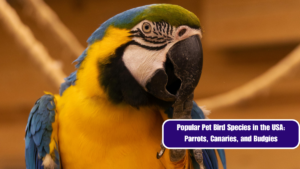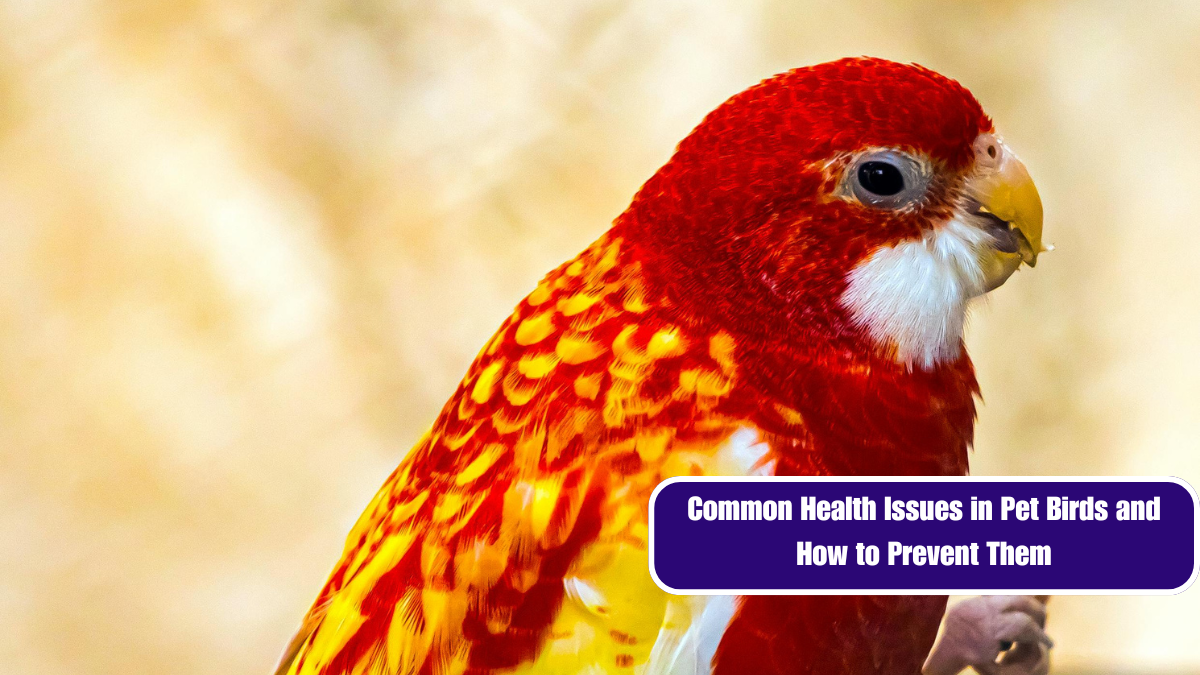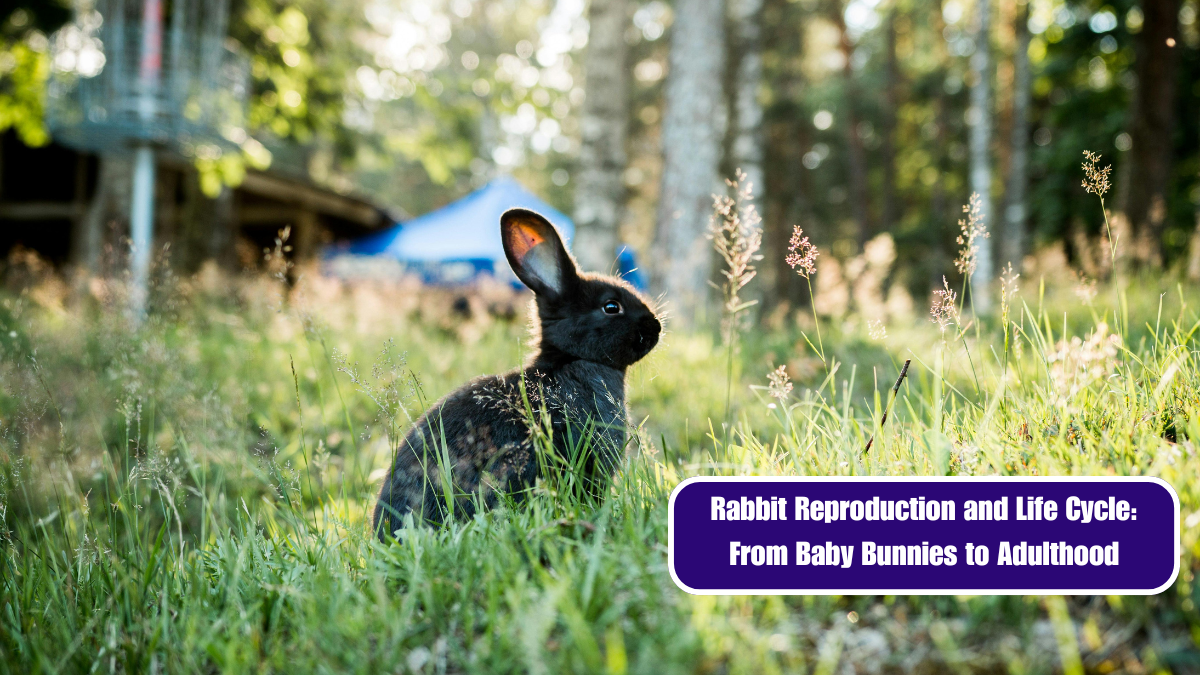Wild rabbits play a critical role in the ecosystems across the United States. Their presence influences a range of ecological processes, from vegetation dynamics to predator-prey relationships. However, their role is not without challenges, both for the rabbits themselves and the environments they inhabit. Understanding these dynamics is crucial for effective wildlife management and conservation efforts.
Ecological Importance of Wild Rabbits
- Vegetation Management: Wild rabbits, particularly species like the Eastern Cottontail and the Desert Cottontail, are key herbivores in their respective habitats. By feeding on a variety of plants, including grasses, shrubs, and herbs, they help control plant overgrowth and maintain the health of ecosystems. Their grazing prevents certain plant species from becoming overly dominant, thereby promoting plant diversity and ecosystem resilience.
- Food Source for Predators: Rabbits serve as a primary food source for a range of predators, including birds of prey, foxes, coyotes, and snakes. This position in the food web means they are integral to supporting the populations of these predators. A healthy rabbit population can thus contribute to the stability and health of predator populations, creating a balanced and functioning ecosystem.
- Soil Aeration: The burrowing behavior of some rabbit species, like the European Rabbit, contributes to soil aeration. Their digging activities can help mix and enrich the soil, promoting better water infiltration and root growth. This can be particularly beneficial in areas with compacted soils, which can improve overall plant health and ecosystem productivity.
Challenges Facing Wild Rabbits
- Habitat Loss and Fragmentation: Urban expansion, agricultural development, and deforestation have led to significant habitat loss for wild rabbits. Fragmented habitats not only reduce the availability of resources but also isolate populations, making it difficult for them to find mates and food. This can lead to decreased genetic diversity and increased vulnerability to disease and environmental changes.
- Predator Imbalance: Human activities can disrupt the natural balance between predators and prey. For example, the introduction of non-native predators or the decline of natural predators can impact rabbit populations. In some cases, this imbalance can lead to overpopulation of rabbits, which in turn can cause severe overgrazing and degradation of vegetation.
- Disease: Wild rabbits are susceptible to various diseases, including Rabbit Hemorrhagic Disease (RHD) and Myxomatosis. These diseases can spread rapidly through rabbit populations, leading to high mortality rates and significant population declines. Disease outbreaks can be exacerbated by environmental stressors and habitat disturbances.
- Climate Change: Changes in climate can affect the availability of food and suitable habitats for rabbits. Alterations in temperature and precipitation patterns can impact plant growth and the timing of seasonal events. Additionally, extreme weather events can directly harm rabbit populations or disrupt their habitats.
Conservation and Management Strategies
Addressing the challenges faced by wild rabbits requires a multifaceted approach. Conservation efforts should focus on:
- Protecting and Restoring Habitats: Efforts to conserve and restore natural habitats can help provide rabbits with the resources they need to thrive. Creating wildlife corridors can also mitigate the effects of habitat fragmentation.
- Monitoring and Research: Ongoing monitoring of rabbit populations and research into their health and ecological roles can help inform effective management practices and conservation strategies.
- Disease Management: Implementing measures to control the spread of diseases and improving veterinary care for wild rabbits can help maintain healthy populations.
- Public Education: Raising awareness about the importance of wild rabbits and the challenges they face can foster greater public support for conservation efforts and responsible wildlife management.
Wild rabbits are integral to the ecosystems across the US, influencing plant dynamics, supporting predator populations, and contributing to soil health. However, their populations are facing significant challenges due to habitat loss, predator imbalances, diseases, and climate change. Addressing these challenges through conservation and management efforts is essential for maintaining the ecological balance and ensuring the continued role of wild rabbits in their habitats.













